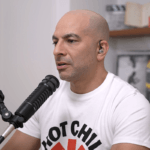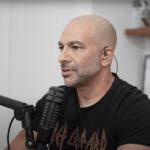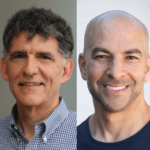
#240 ‒ The confusion around HDL and its link to cardiovascular disease | Dan Rader, M.D.
“HDL cholesterol itself is not directly and causally protective against atherosclerotic cardiovascular disease.” —Dan Rader

#230 ‒ Cardiovascular disease in women: prevention, risk factors, lipids, and more | Erin Michos, M.D.
“How we live the first half of our lives really influences our freedom for morbidity and mortality the second half of our lives.” —Erin Michos
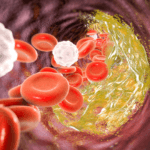
Reassuring new data on statin-induced Lp(a) elevation
Statin therapy is known to raise Lp(a) particle concentration in some patients, but how does this impact the overall effect of these medications on ASCVD risk?
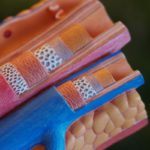
#229 ‒ Understanding cardiovascular disease risk, cholesterol, and apoB
“Not everybody dies from atherosclerosis, but… everybody dies with it.” —Peter Attia
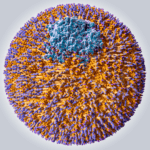
The genetics of PCSK9i nonresponders
A recent case study shines light on why some individuals are resistant to PCSK9 inhibitors.

First Case of Human PCSK9 Gene-Editing
Ultimately, the long-term benefits of lowering apoB through a one-time treatment may make this not only a viable future option, but potentially an intervention that could change preventive cardiovascular medicine.

